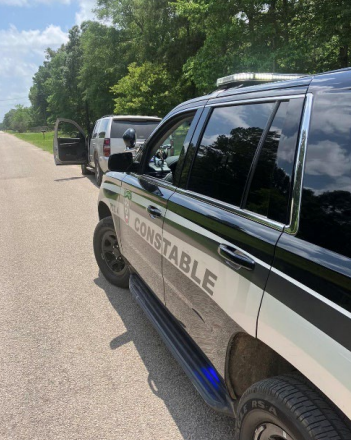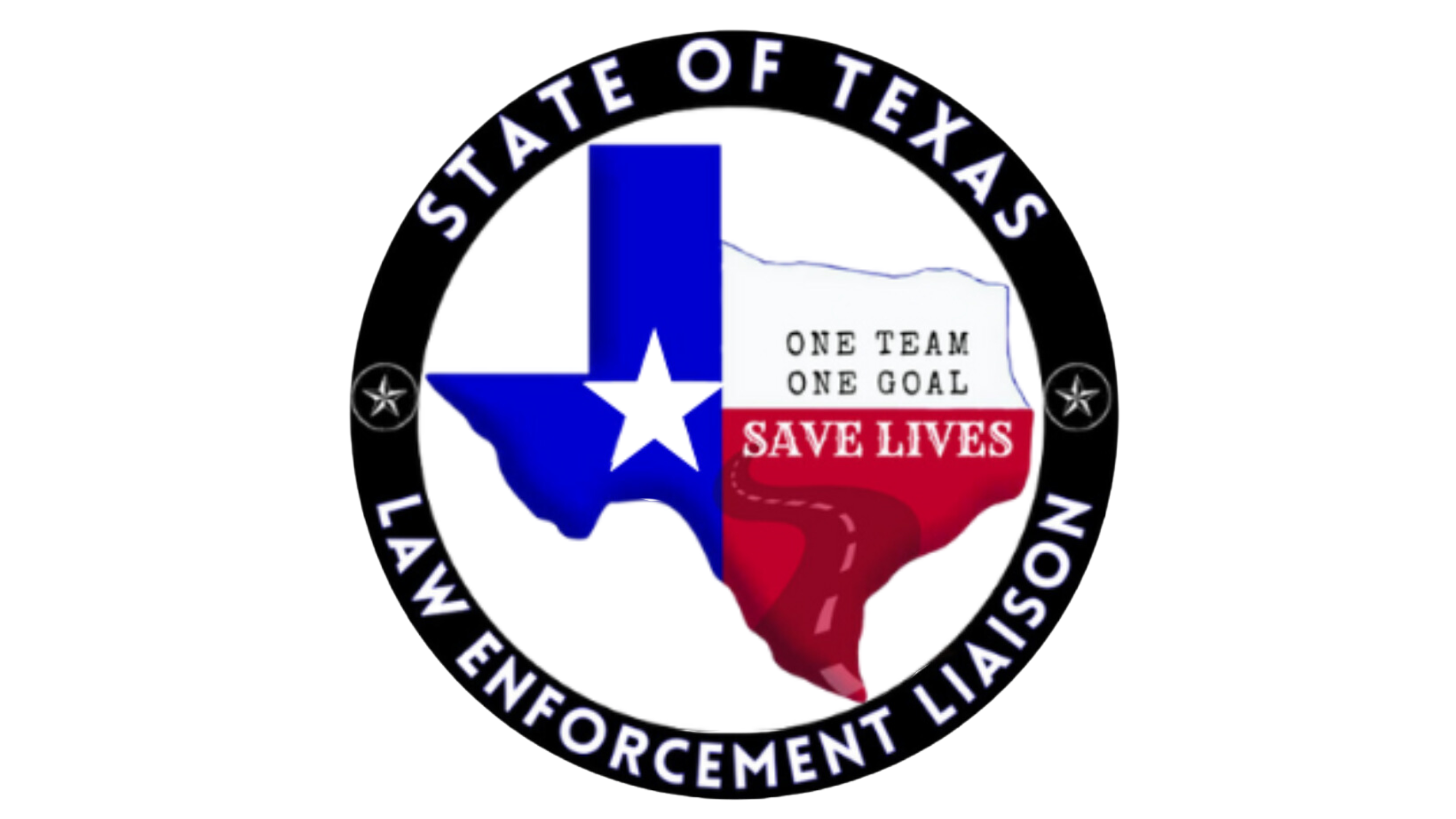Texas Law Enforcement Liaisons
The Down
and Dirty
of Modern
STEp Grants,
What Every Administrator
Needs to Know
Trent Lozano
If you have been in Law Enforcement as long as I have you probably remember the old days of working Selective Traffic Enforcement Program or STEP. Back in the old days the idea was to rack up as many citations as possible and at the end of your four hour shift you go back to the office and compare with your partners to see who was the better cop.
Or at least that’s what we thought. Truth be told, I don’t ever remember anyone teaching us what the rules of STEP were or what we should be doing. We were mainly told, “It is Click It or Ticket time, go stop everyone not wearing a seatbelt!”
Thankfully those days are long gone, but there is still a lot of misinformation or misunderstandings about what STEP grants are about in current times.
In 2012 the National Institute of Justice (NIJ) along with the National Highway Traffic Safety Administration (NHTSA) decided to try a concept called Data Driven Approach to Crime and Traffic Safety or DDACTS.
This change in approach could be attributed to years of not getting the desired results of minimizing traffic fatalities and serious bodily injury crashes across the country. This new approach seemed to have the potential to do just that and was adopted quickly by agencies and departments (like TxDOT) across the country. It made a significant change to HOW we work traffic enforcement. STEP even changed the name to Strategic Traffic Enforcement Program to reflect the changes.
Fast forward to today. What are three things you need to know?
1. The name of the grant is the messaging, but the enforcement is the same.
Whether the initiatives are named Click It Or Ticket, Operation Slowdown, Impaired Driving Mobilization, or whatever else you want to call them, for the most part they are all worked the same way with few changes.
What this means essentially is regardless of the name at the top of the paper, they are all worked the same way – stop cars in high crash areas. The only changes you might see are typically in the time period of enforcement. Some grants must be done at night, some day and night, or some it’s up to the agency when they want to do it.
2. Enforcement looks a lot different than before.
The most obvious change from the old way of doing things is that the officer can now make their stops for any offense, not just the one in the grant name. I will say that again, you can make traffic stops for any violation in the Transportation Code while working STEP. This includes municipal violations inside the city’s limits.
The reason for this change is because the goal of STEP changed with DDACTS. The goal now is high visibility enforcement. The officer should be mobile, as in MOVING. The days of sitting at the bottom of the overpass hiding behind a tree with a radar gun are long gone.
The idea behind being mobile is that the more you move, the more drivers will see you and slow down. You may pull over one driver for a traffic violation, but you will slow down 100 because they see you.
The number of traffic contacts is averaged now as well. Notice I said contacts and not citations. TXDOT wants an average of 2.5 traffic contacts per hour. Whether or not citations are written is solely and entirely up to the officer’s discretion. There are no citation or arrest requirements on any of the STEP grants.

Another noticeable change is the encouragement to go beyond the stop. Yes, you want to get your 2.5 contacts in, but we also encourage you to go beyond just writing a warning or citation and ask investigative questions. Ask where they are going, where they are coming from, do they know each other’s names, are there illegal items in the vehicle, check for warrants, etc.
Good investigations on traffic stops saves lives. It has been proven over and over again with the arrests of people like Ted Bundy, Timothy McVeigh (Oklahoma Bomber), William Lester Suff (Riverside Prostitute Killer), and Randy Kraft (the Scorecard Killer) who were all captured on traffic stops. Obviously, it wont always be a serial killer but agencies all across Texas are getting illegal drugs off the streets, recovering stolen vehicles, and rescuing trafficking victims all off of traffic stops.
3. Support is available!
Most people (and even Officers) have no idea what a Law Enforcement Liaison (or LEL) is or what we do and that’s ok.
What you need to know is that we are the bridge between TxDOT and law enforcement agencies to assist you with your STEP grant programs. We offer your agency’s grant administrator assistance with the STEP grant application process as well as free training to officers that includes topics like Grant Management, Distracted Driving for Law Enforcement, Child Occupant Restraint, and more. We will come to you, we will teach the classes, and we will report the hours to TCOLE, all at no cost to the agency. All you have to do is provide a location.
There are currently 7 LELs across the state of Texas who cover several districts each. What we all have in common (besides all being current or former LE) is a passion to help our officers and agencies make a difference. If you are interested in participating or would like more information about the free training we offer please go to our website, buckleuptexas.com and let us know how we can support your agency.
